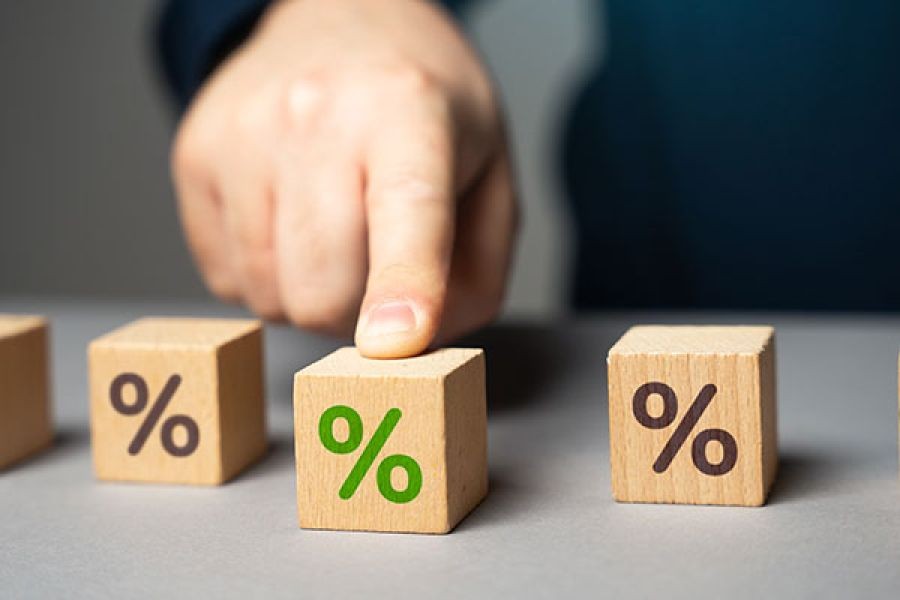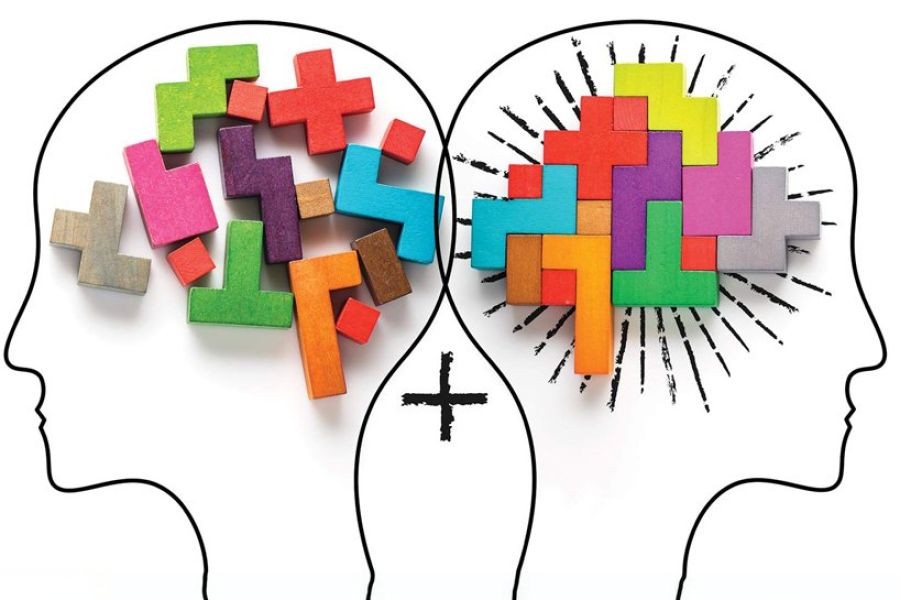Australia's national anthem, "Advance Australia Fair," has been a source of national pride since its adoption in 1984. However, in recent years, there has been growing debate about whether it should be changed to better reflect the nation's Indigenous culture. This discussion is not merely symbolic but also ties into broader themes of reconciliation, cultural recognition, and national identity. For technology strategists and cultural analysts in Australia, understanding this debate offers insights into social dynamics and potential shifts in policy and public sentiment.
The Importance of Cultural Representation in National Symbols
National symbols like anthems and flags play a crucial role in shaping a country's identity. They are often used to unite citizens under a shared sense of belonging and purpose. However, for Australia's Indigenous communities, "Advance Australia Fair" has been criticized for not adequately representing their history and contributions. This concern is particularly relevant given that Indigenous Australians have inhabited the continent for over 65,000 years, making them the world's oldest continuous culture.
Indigenous Representation: A Global Perspective
Globally, countries are increasingly acknowledging the importance of Indigenous representation. New Zealand, for example, has made strides in integrating the Maori language into its national anthem, "God Defend New Zealand." This move has been well-received and is seen as a step towards honoring the Maori community's contributions to the nation's identity. For Australia, adopting a similar approach could foster greater national cohesion and reconciliation.
Economic and Social Implications
Changing the national anthem could have far-reaching implications beyond cultural acknowledgment. According to the Australian Bureau of Statistics (ABS), Indigenous Australians face significant socio-economic disparities compared to non-Indigenous Australians. Addressing these disparities requires more than policy changes; it demands a shift in societal attitudes and increased recognition of Indigenous contributions.
Impact on Industries
Various industries could also be affected by such a change. The tourism industry, for instance, could benefit from a national anthem that more accurately reflects Australia's diverse cultural heritage. According to Tourism Australia, cultural tourism is a growing segment, and promoting Indigenous culture could attract more international visitors interested in authentic experiences.
Case Study: The Role of National Symbols in Reconciliation
In Canada, the national anthem "O Canada" underwent a gender-neutral revision in 2018. While not directly related to Indigenous issues, this change was part of broader efforts to make national symbols more inclusive. The revision was symbolic of Canada's commitment to inclusivity, and similar moves in Australia could signal a commitment to reconciling with its Indigenous peoples.
Pros and Cons of Changing the Anthem
Pros:
- Increased Inclusivity: A revised anthem could reflect the diverse cultural landscape of modern Australia.
- Social Cohesion: Enhancing Indigenous representation could foster a sense of unity and shared identity.
- Global Image: Aligning the anthem with progressive values could improve Australia's international reputation.
Cons:
- Resistance to Change: Traditionalists may oppose altering a long-standing symbol of national identity.
- Implementation Costs: Changing the anthem would involve costs related to re-recording, marketing, and education.
- Political Divisiveness: The change could become a contentious political issue, distracting from other policy priorities.
Common Myths and Mistakes
Myth: The Anthem Is Perfect As Is
Reality: While many view "Advance Australia Fair" as iconic, it fails to acknowledge Indigenous history, a critical aspect of national identity (Source: Australian Institute of Aboriginal and Torres Strait Islander Studies).
Myth: Changing the Anthem Won't Make a Difference
Reality: Symbolic changes can significantly impact societal attitudes and are often the first step towards broader reconciliation efforts (Source: Reconciliation Australia).
Future Trends and Predictions
As Australia continues to grapple with its colonial past, the push for greater Indigenous representation in national symbols is likely to grow. By 2030, it is predicted that more countries will revise their national symbols to reflect their Indigenous cultures (Source: International Cultural Policy Institute).
Final Takeaway & Call to Action
The debate over whether Australia should change its national anthem to reflect Indigenous culture is not just about a song. It is about acknowledging and celebrating the rich tapestry of cultures that make up modern Australia. For technology strategists and cultural analysts, this issue offers a lens through which to examine broader societal shifts and the role of national symbols in shaping identity.
What are your thoughts on this topic? Join the conversation and share your insights below. For more in-depth analysis and updates on cultural trends, subscribe to our newsletter.
People Also Ask
- How does changing the national anthem impact Australia's global image? A more inclusive anthem could enhance Australia's international reputation as a progressive, multicultural society.
- What are the biggest misconceptions about Australia's national anthem? A common myth is that the current anthem is universally accepted, but many Indigenous Australians feel it doesn't represent them.
Related Search Queries
- Indigenous culture in Australian national symbols
- Impact of national symbols on reconciliation
- Global examples of changing national anthems
- How national symbols affect cultural identity
- Australia's steps towards cultural inclusivity





































![Ergo Z Pillow- Sleep That Supports You[Ergo Z Pillow Reviews]](https://s3.ap-southeast-2.wasabisys.com/cdn.vidude.com/upload/photos/2025/12/2d2866acd1e1e312e40d031634641e56d24f533eTAGtn9RKkkFngTfnPjgP.video_thumb_1168_11.jpeg)

VP Security Guards
21 days ago